Fundamental Insights
#1 Potential Opportunity in ZK Industry
Since all Layer2 use the same base layer, it would be safer to construct cross-layer2 apps. For example, aggregate the fragmented liquidity between layer2. Starkware proposes dAMM to solve this. dAMM allows layer1 LPs to expose to layer2 traders.
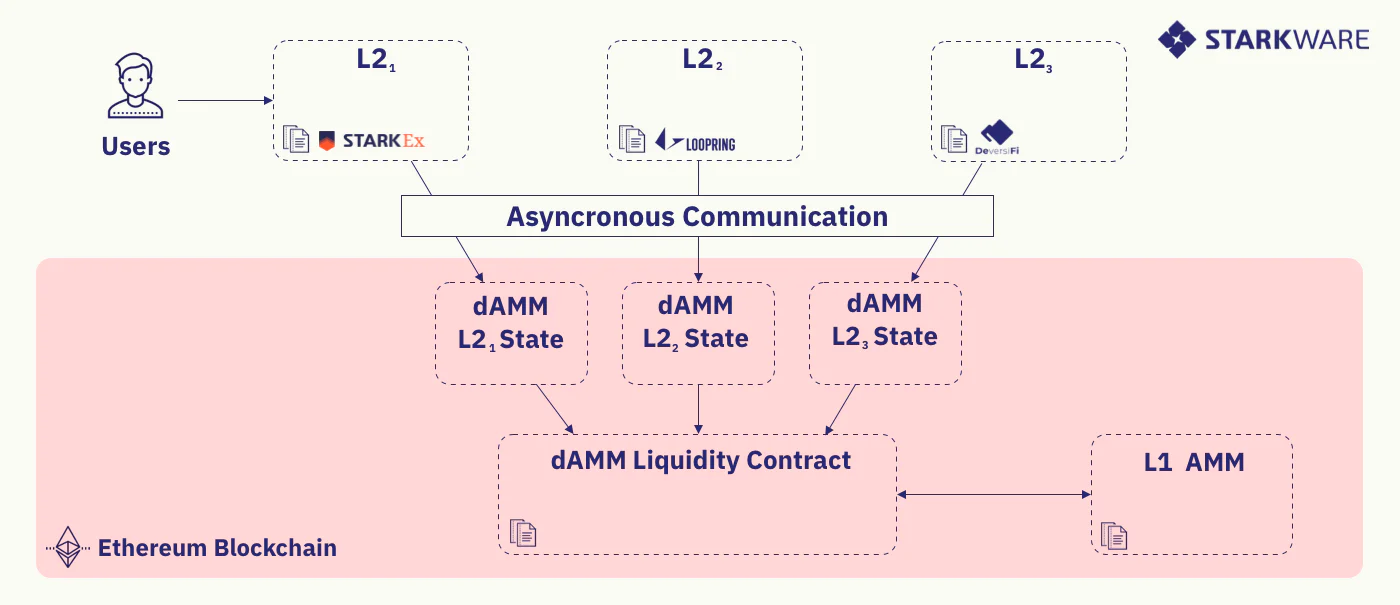
dAMM (distributed AMM). A Cross-L2 AMM
Development kit to help developers quickly construct app-specific layer2. This may look like Cosmos SDK and Substrate from Polkadot. The idea is that if an app grows bigger, it will consume more resources on the base layer. To reduce computation cost, it either builds its chain, moves to layer2, or builds its layer2. We see Axie Infinity face the same problem. At that time, building its chain was the only solution. However, a separated chain is isolated and cannot benefit from the base layer ecosystem. Migrating to layer2 looks good, but it is not flexible. The app faces the same constraint as in the base layer. Thus the most promising solution is having its layer2. If the cross-layer2 is convenient and integrated well with the base layer, the app does not lose anything from moving away from the base layer.

https://v1.cosmos.network/sdk
ZK bridge. Almost all the bridges are not trustless. We at least need to trust someone, like an oracle, to network participants. Although network participants have deposits, it is hard to calculate the slashing condition. The ideal trustless bridge is the ZK bridge. The light client captures the block and generates the proof. In this way, we don’t need to trust what the oracle says. We can verify the proof with a small cost due to SNARKs. The current problem is how to build a block verifier in the ZK circuit. Also, the extensibility sucks. The light client is coupled with blockchain consensus. Thus developers need to build different circuits for different chains.
Chips and cloud computation. If more users move to ZKRU, there would be a growing demand for computation power. Node operators need more computation power to compete for packaging transactions, which is profitable. Dedicated chips can give node operators more computation power and lower power consumption. Cloud computations can give more users to access ZKRU node operations. This growing demand for dedicated chips and cloud computation may look similar to what we see in the Ethereum mining industry. Miners first use CPU and GPU. Then they change to dedicated FPGA and ASIC. Cloud mining has existed in Ethereum and Bitcoin mining industry for a long time. Another example is AI chips. Now every iPhone has dedicated AI chips. If ZK is the new standard tech for privacy, there will be a SNARK ASICs for every iPhone.

apple
#2 Web3 empowerment of future streaming media is worthy of attention
Today, video content has replaced text and pictures as the core content disseminator in the post-Internet era. Cisco predicts that by 2022, 82% of Internet content will be video. Mediakix reports that the streaming media industry is expected to reach $124 billion by 2025. The rise of streaming media (audio, music, movies, content, etc.) has further increased the need for a robust video processing infrastructure.
Video transcoding is the process of reformatting the original video into a viewable file based on users bandwidth (2G-5G) and device. Video transcoding is essential for streaming video (live or static). Any content consumption scenarios that users are familiar with, such as Fortnite concerts, Twitch gamers, YouTube podcasters, and GenZ TikTokers, have to go through the video transcoding process.
As the video streaming market expands, building new infrastructure using encrypted networks offers opportunities to increase scale, reduce costs, and eliminate centralized points of failure.
LivePeer essentially solves the pain point between infrastructure providers and application developers or streaming applications that need video processing services.
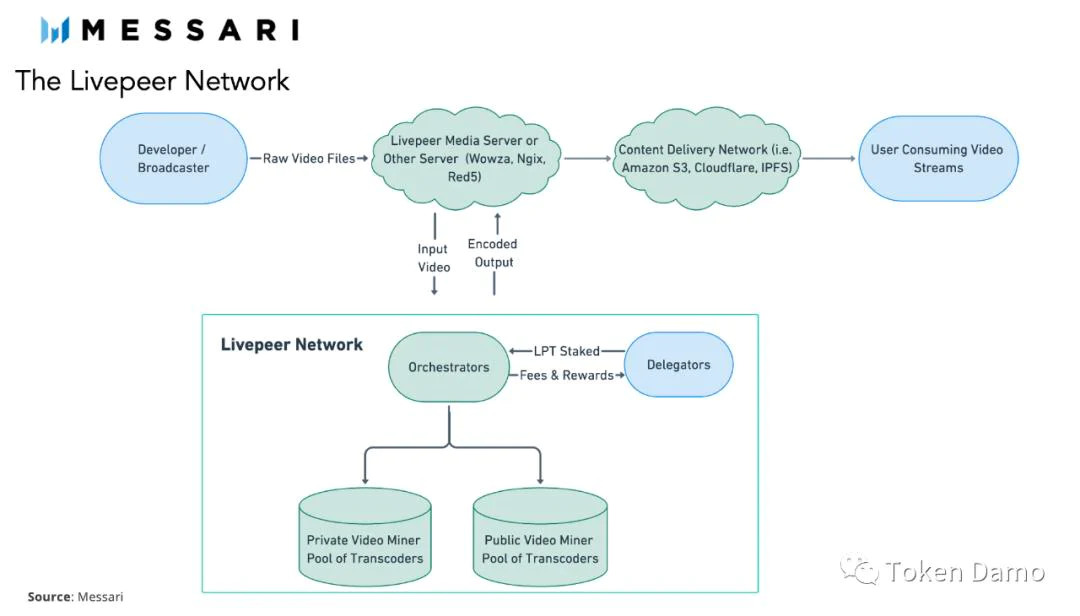
In Web2, with cloud services like Amazon, video processing costs about $3 an hour, a media server can cost up to $4,500 a month, and up to $1,500 a month before providing bandwidth to a content delivery network. In contrast, with LivePeer, the entire process (transcoding, LivePeer server, content delivery) can be 10 times cheaper than existing services for a single streamer.
The key for LivePeer to offer a cheaper streaming service is that it doesn't compete for large cloud resources such as AWS or other video transcoding providers. It offers pricing based on transcoding usage instead of server space. Its protocol needs to address the actual distribution of live video from original materials to a large number of consumers.

As the creator economy grows, the need for cheap and seamless processing will continue to grow. Additionally, the digital events and e-sports industries are young but very promising, opening up potential avenues for Livepeer to plug into the infrastructure of them.
Besides Livepeer can support at a cheaper price than traditional cloud service providers, moreover, the long-term growth of 4K video, UHD, virtual reality and augmented reality streaming will provide new opportunities. The expansion of 5G will affect online gaming and live video streaming, requiring more robust and cost-effective video infrastructure.
Currently, Web3 is in the infrastructure phase -- splitting each existing service -- until those services become powerful enough to aggregate into a unified platform. Web3 protocols are more efficient than existing services and platforms because they split services by creating networks that are owned and operated by users. We are quite optimistic about the empowerment of Web3 technology in this domain.
#3 Layerzero NFT is on the way
Gh0stlygh0sts got its free mint this week. This first omnichain NFT on LayerZero ran to a high of 0.75 on the first day, with crazy gain and rocketed price. LayerZero integration introduces a plethora of possibilities: chain-dependent traits, and traversal-tied utility.
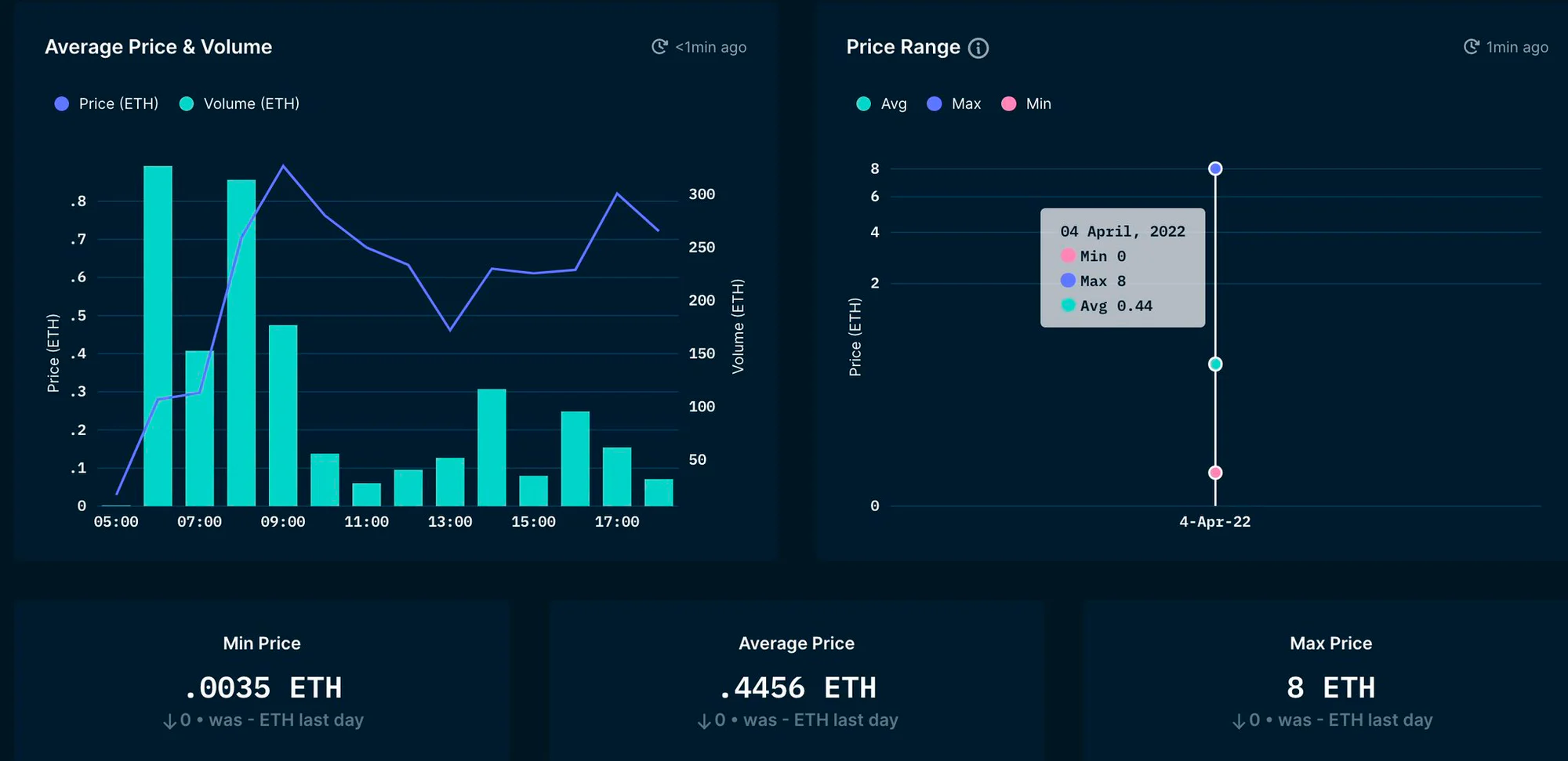
Nansen
Omnichain means the NFT is chain agnostic. It resides across several chains simultaneously as opposed to being native to any one chain. Previously some NFTs have been minted on L1 Ethereum and then bridged to an L2 solution for scalability while maintaining the security from decentralization on Ethereum. But the difference in Gh0stlygh0sts is that: “Both the origin chain (background) and current chain the NFT resides on (border) will affect its appearance. When a Gh0stlygh0sts is transferred, it burns the existing NFT and mints it on the destination chain, making it native to that chain.”
The Gh0stlyGh0st team executed really perfectly with stealth launch, free mint, mint from contract, and available on any LayerZero-enabled chain. With the LayerZero narrative pumping, all the DeFi lovers knew the first NFT project to launch on this technology would make history. With Nansen, we can see that smart money has been accumulating with a significant number of transactions.
In fact, it is not the first time that this idea came into people’s mind. Cobie also expressed the idea and expectation of similar Omnichain narratives on March 31.
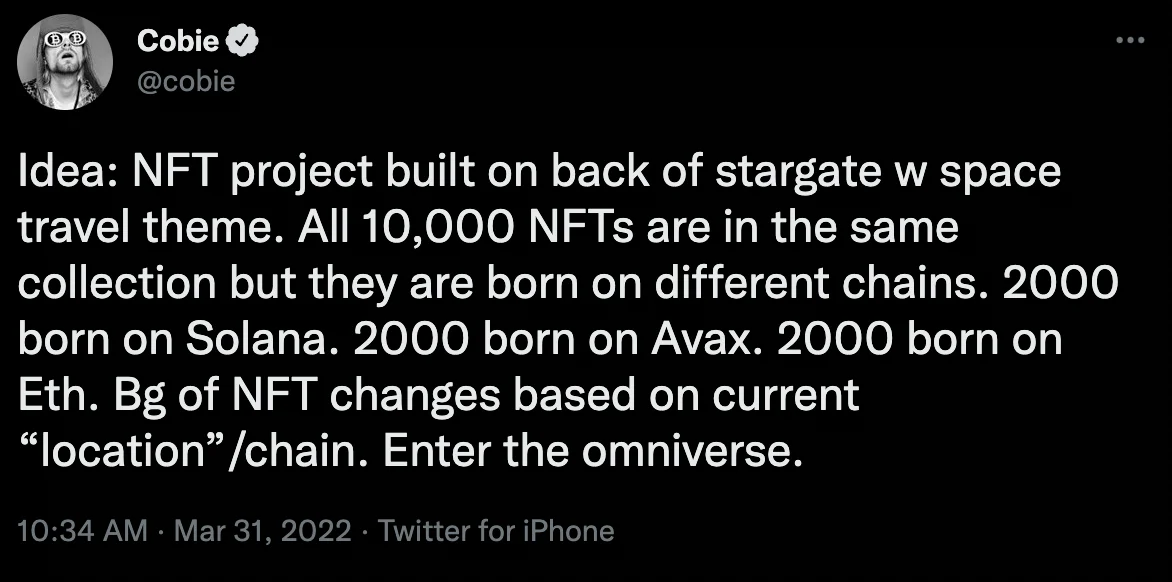
Twitter@cobie
But this is not the first project that using the Omnichain. In January, there was a project deployed in 9 chains, the onpication background theme, but there is not much spark.
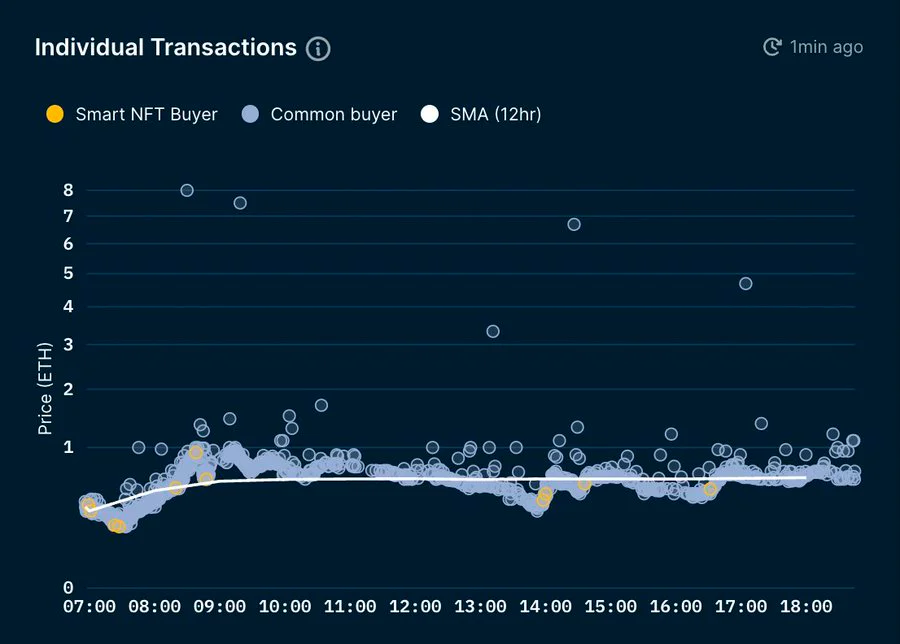
Nansen
CC0 are helpful for projects. Part of the value stems from the fact that they can be integrated into future games/applications. In addition, the unique advantage of Gh0stly Gh0sts is that the potential for future integrations is no longer limited by specific blockchain domains.

Twitter@punk6529
Which one will be the next Blue chip on LayerZero? It is worthy to see......
Week's Recap
- Pudgy Penguins NFT Collection Looks to Next Chapter With $2.5M Sale
- Lightning Labs unveils new protocol for Lightning Network stablecoins as it raises $70 million
- Boba Network Closes $45M Series A Round at $1.5b Valuation
- BATTLEBOUND SECURES $4.8M SEED ROUND + $3M IN NFT SALES
- Justin Kan’s Fractal raises $35M for game-focused NFT marketplace
- Terra-based NFT Marketplace OnePlanet Raises $3.3M Round Led by Hashed
Indicator Tracking
MVRV
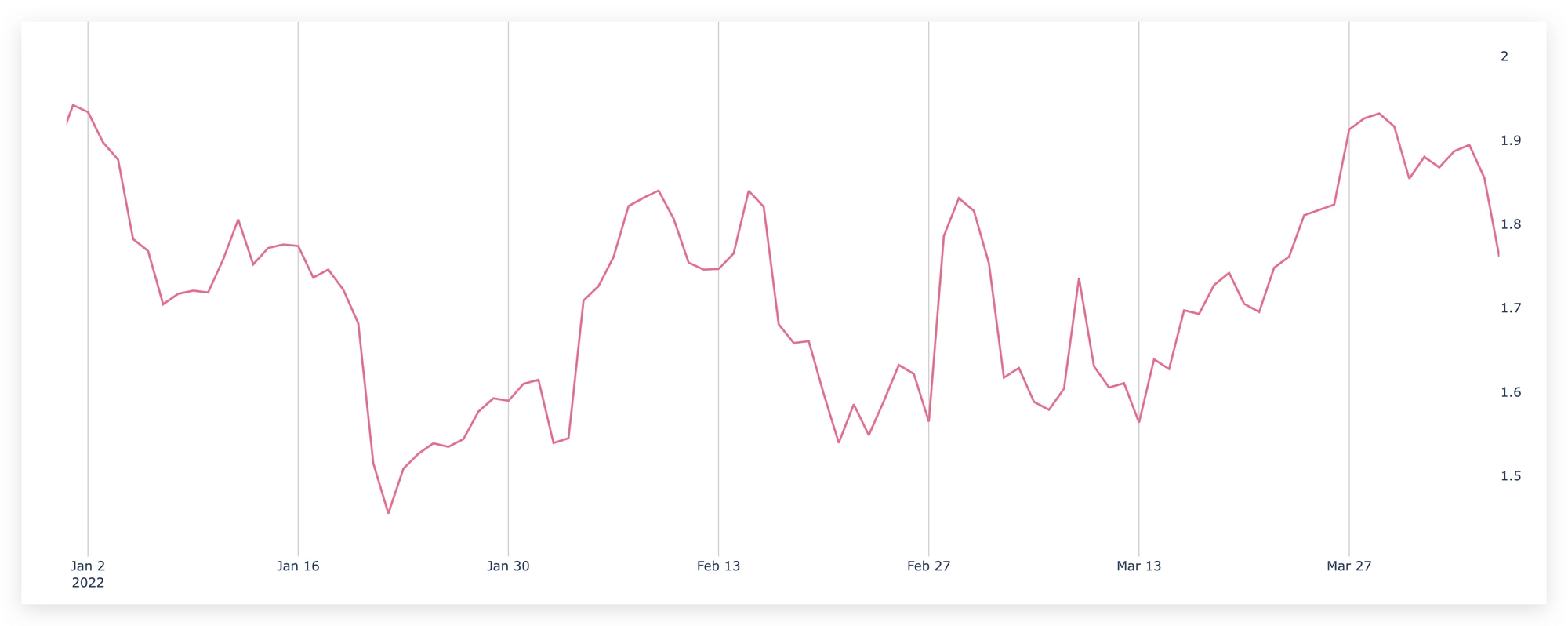
Coin Metrics
Crypto Fear & Greed Index
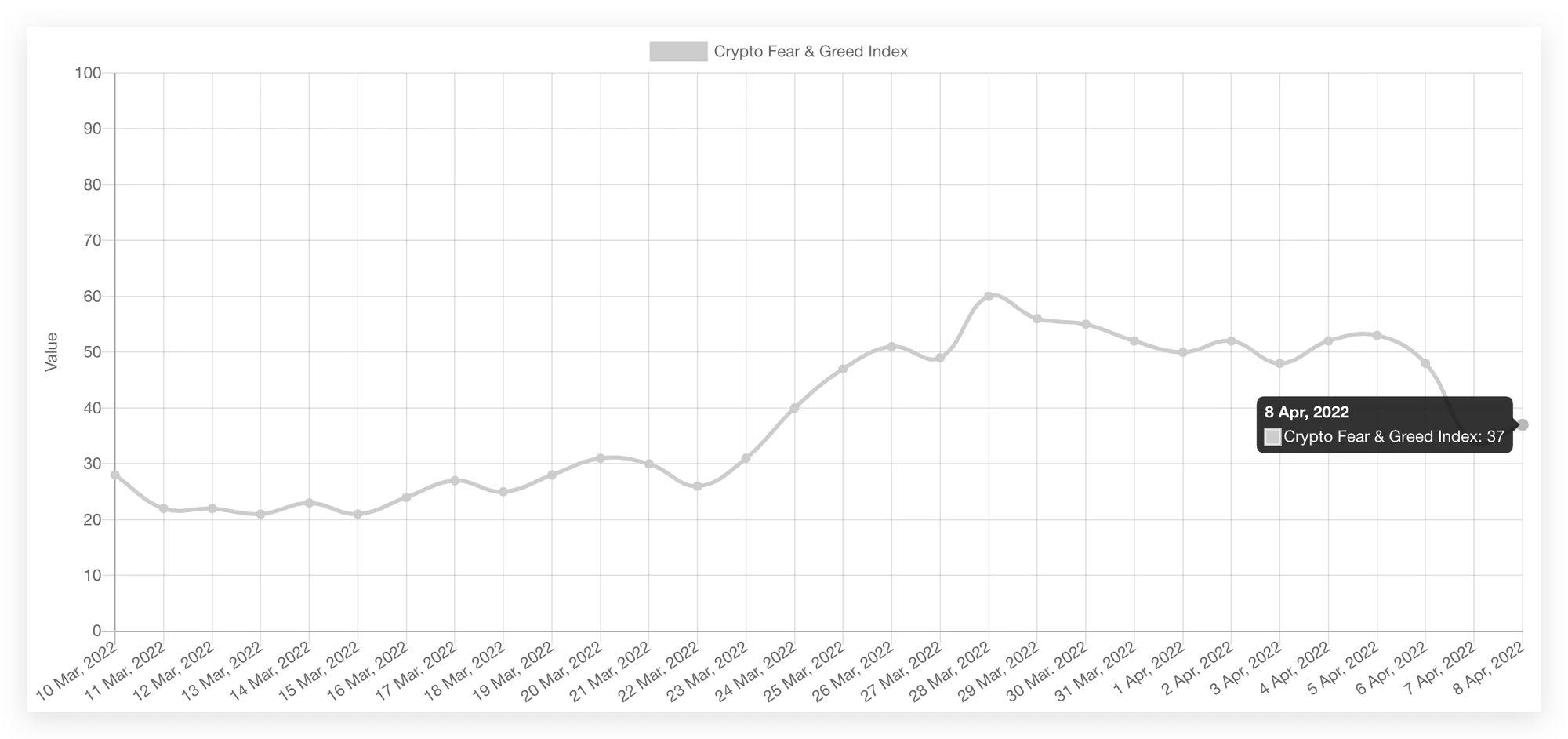
Alternative
Data of NFT Market
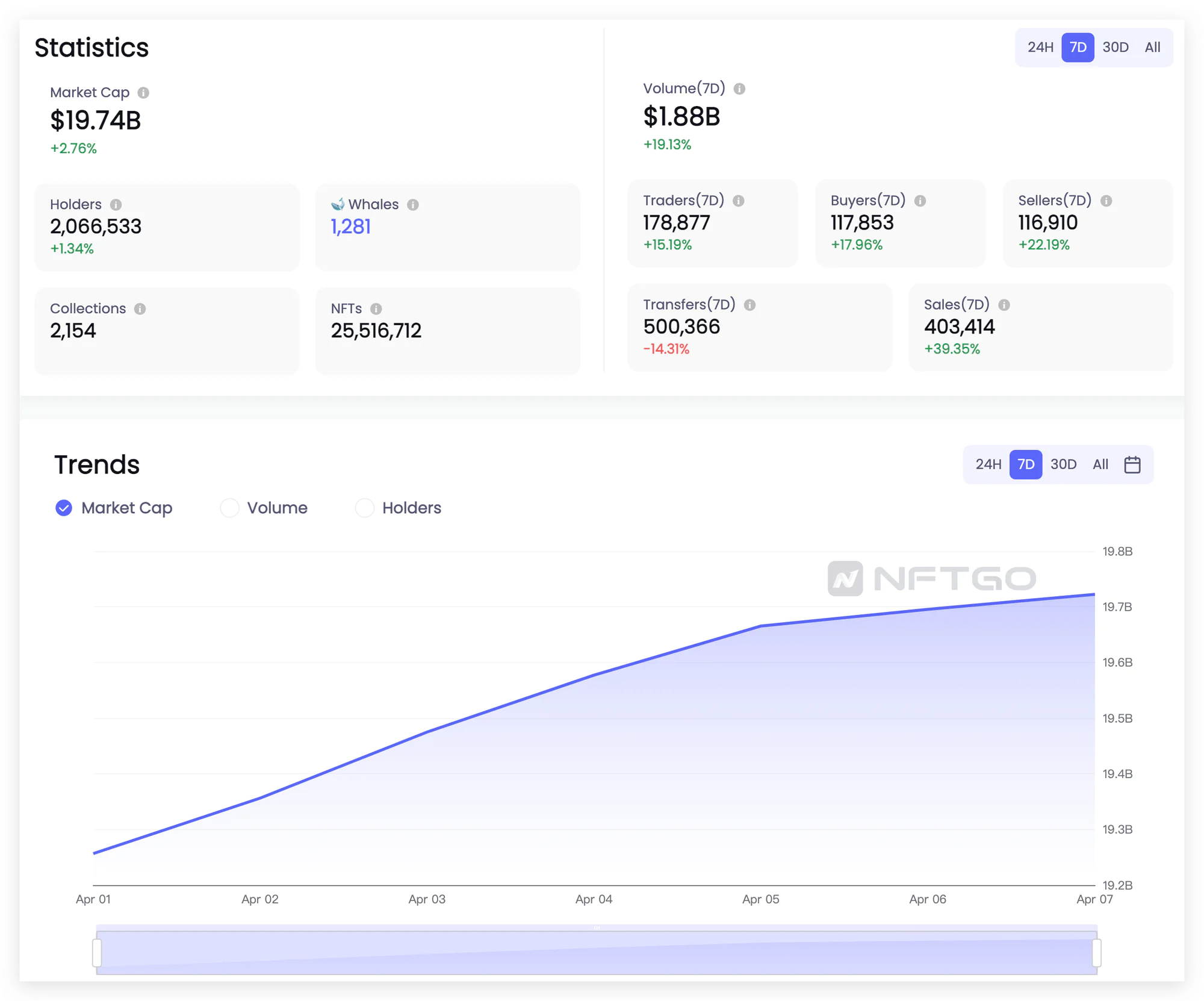
NFTGo
Protocol Total Revenue
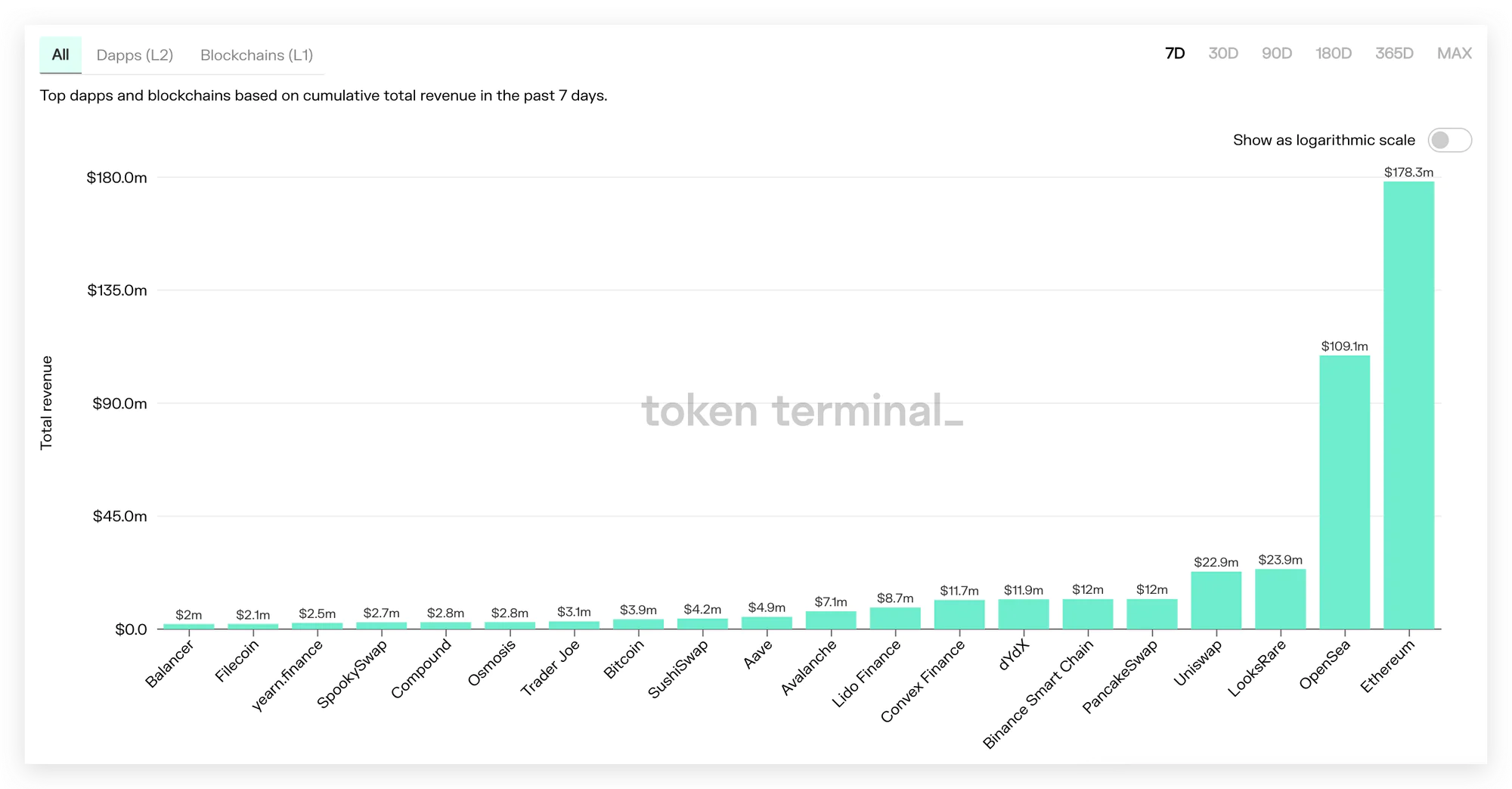
Token Terminal